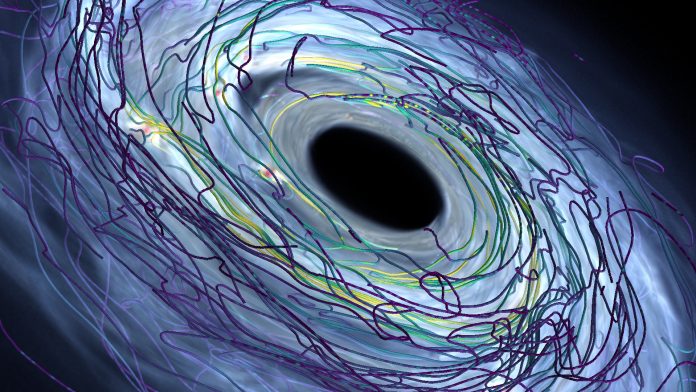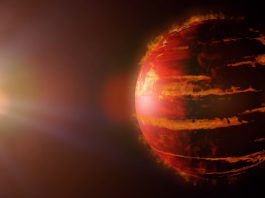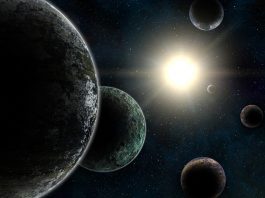Researchers at the University of Zurich, Switzerland, the University of Cambridge, UK, and the Swiss National Centre of Competence in Research PlanetS have explained the abundance of intermediate-mass exoplanets.
The majority of the planets discovered outside our solar system are intermediate-mass exoplanets, which have similar masses to Neptune. This recent international collaboration has now proposed an alternative explanation, supported by comprehensive computer simulations.
Lucio Mayer, study co-author and Professor of Computational Astrophysics at the University of Zurich, and member of the NCCR PlanetS, said: “When planets form from the so-called protoplanetary disk of gas and dust, gravitational instabilities could be the driving mechanism.” In this process, dust, and gas in the disk clump together due to gravity and form dense spiral structures. These then grow into planetary building blocks and eventually planets.
The team believe that magnetic fields develop alongside the planets and agitate the gas and dust of the disk and thus influence the formation of the planets. Hongping Deng, the lead-author of the study, said: “To get a complete picture of the planetary formation process, it is therefore important to not only simulate the large-scale spiral structure in the disk. The small-scale magnetic fields around the growing planetary building blocks also have to be included.”
For this study, the team developed a new computer modelling technique. In order to complete this task, the team needed to translate their understanding of gravity and magnetism into a code that could efficiently compute these contrasting forces in unison. In order to conduct this immense number of calculations, the researchers used an incredibly powerful computer called ‘Piz Daint’ at the Swiss National Supercomputing Centre (CSCS).
Deng said: “With our model, we were able to show for the first time that the magnetic fields make it difficult for the growing planets to continue accumulating mass beyond a certain point. As a result, giant planets become rarer and intermediate-mass planets much more frequent – similar to what we observe in reality.”









